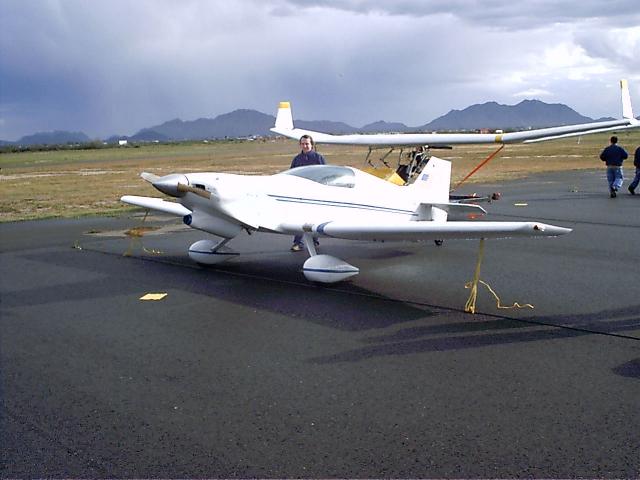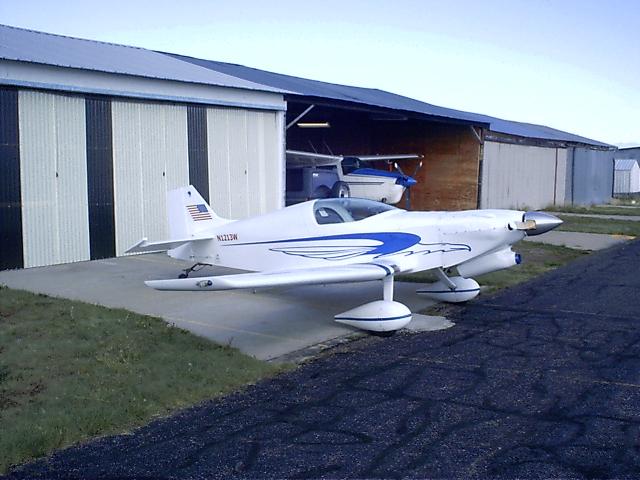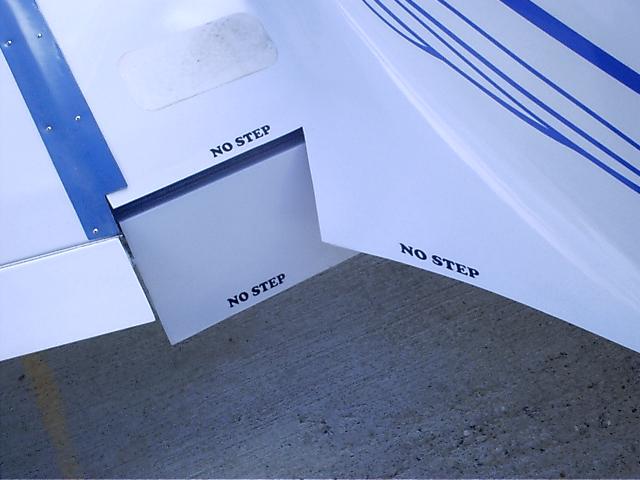




Subject: Re: KR> Jeff Scott's Modifications - Early Flight test results
Here's my analysis of the changes I have implemented on my KR over the
last 4 months following the FAA's mandated 5 hours of test flying.
Clearly I'm still a long ways from being done testing, and I'm not done
modifying, although I am a bit burned out on it for now.
The modifications to the horozontal stab and elevator turned out to have
very positive results. The challenge is how to best quantify the results
into something that makes sense. I'll start with the new horizontal stab
and elevator.
Incidence: In building the new stab, I attempted to correct the
incidence. I need some in flight photos to know how close I got it, but
from the test flight results, I would say it is very close, although a
touch more nose down would probably have resolved my trim problems. More
on that later.
Stability: The larger 8 foot span horizontal stab is absolutely
fabulous. The best example I can give is a comparison that was easy to
make. As I was flying home from the SWRFI in May, after about 3 hours in
the seat my butt was numb, so I let lose of the stick and used my hands
to scootch up in the seat a bit. That movement with me at 270# caused a
quick 1/2G negative on the G-meter before all the stuff from my right
seat and lap came raining back down on me from the canopy. I have done
the same thing several times in the last few hours of test flying. The
plane simply doesn't change in pitch in any noticeable way. The
stability hands off is rock solid.
Feel: There have been comments in the past that by building a larger
stab to change the stability, the plane would lose it's sporty feel. I
can easily put that rumor to rest. The elevator is every bit as quick as
it ever was, although it does have a bit more aerodynamic load on it, so
gives a bit more feedback through the stick. Credit Mark Langford for
the stab/elevator design and for posting it to his web site. My
recommendation is to use it. It works... very well. I think I can
truthfully say that mine is the only KR to have flown with both tails and
I think my preference is clear.
Wing Root Fairings:
The wing root fairings were created for two purposes. #1 was to reduce
drag by cleaning up the air flow at the wing root junction with the
fuselage. #2 was to hide the actuator linkage to the new flaps. Despite
having added a significant amount of weight to the plane with all the
mods, it has picked up some speed as well. Not a lot. The small amount
of testing I have done so far has shown a 4 - 7 mph increase in indicated
airspeed at 9000'. Density altitude was roughly 11,000' during testing.
Full throttle straight and level at 9000' used to yield a top indicated
airspeed of 143 mph. This week I have seen it top out from 147 - 150 mph
IAS at 9000' in various configurations.
Flaps:
The flaps are an absolutely fabulous addition to the plane. My wing stub
flaps are 11 1/2 x 25" per side and deploy to 37 degrees. All I can say
is WOW! I can turn final at 160 indicated, pull the nose up, reduce
power and drop the flaps and this plane will drop out of the sky like a
Cessna. No more planning the approach from 10 miles out to try to get
down. I can either reduce flaps or add power to have complete control of
the descent. No more gliding half the runway in ground effect while the
plane slowly bleeds off speed. With this much deployable drag, I can
drop the plane on a spot.
A performance requirement that I placed on the flaps was that the plane
had to be able to climb with full flaps. I took off with the Density
Altitude at 9300' and sluggishly climbed from 7200' (airport altitude)
through 8000'.
Rudder:
In my opinion, the larger rudder has also enhanced the controlability of
the plane. Between the larger rudder and the drag generated by the
flaps, crosswind landings have changed from a real wrestling match to a
non-event.
Elevator Trim:
I designed my own elevator trim control using biasing springs and the
original MAC trim servo out of the old tail. This piece is unique to the
geometry of my elevator control system. I have spent the bulk of my test
flying time tuning the trim. I do have it to a functional level, but not
optimal. The issue seems to be that at speed the aerodynamic loads on
the elevator is sufficient enough that the biasing spring is unable to
keep the nose down past roughly 145 mph indicated. This works OK for
cruise at 9000', but may not work so well when I get the plane to a low
altitude (which is rare for me!). I'm going to be tuning on the trim
control for a while yet. The challenge is to get enough spring pressure
to trim the elevator while keeping the springs light enough to not ruin
the light feel of the plane.
Later note: I considered the spring biasing trim to be a failure. It was
removed and a servo controlled trim tab installed. More on that here.
Since the required test time is already flown off the plane, in all
likelyhood I will have it at Copperstate again this year despite it's
unfinished state.
Jeff Scott
N1213W

